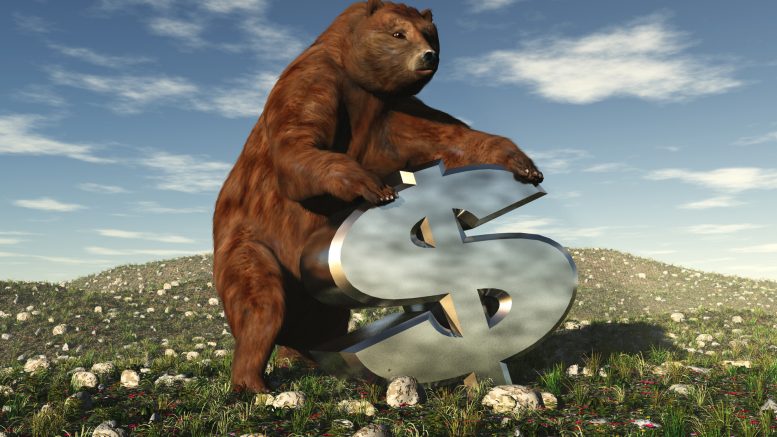In the past few weeks, we have seen the markets shaking a little stronger than what we have seen in recent years (in Europe, by the way, the declines have been going on for several months). In fact, even at the beginning of 2018, we experienced declines, but more moderate. However, to get some proportion, after the correction of the last days, the S&P500 is only about 5% below the peak. The NASDAQ index fell more sharply, but it is also only 8% below its record. Thus, at least so far, there are no dramatic declines that justify the hysterical headlines in the media.
(The S&P 500 in blue, the NASDAQ in light blue and the German DAX index in purple)
Will the indices continue to decline in the near future?
It’s no secret that the US market is trading at a relatively high valuation. All the economic indicators point at it, and I have written about it in the past quite a bit (for example here). The US economy certainly looks good, but that in itself does not justify such high prices for many stocks. Until now, the main reason for this valuation premium was the low-interest rate in the country. But the interest rate began rising and pushed the US bond yields up, increasing the pressure on the stock market.
In general, investors prefer stocks over bonds where the Earnings Yield of stocks (the net earnings per share divided by the share price) is higher than the yield to maturity of long-term bonds. Historically, the spread between the Earnings yield of equity to the 10-year US treasuries yield was 2.6%. Recently, the yield to maturity of 10-year Treasuries rose to 3.14%, meaning that the fair yield of the stock market should be 5.74% or a 17.4 times earnings.
The current S&P500 Price to Earning is higher, 22.6, which is equivalent to an earnings yield of 4.4%. This means that investors are willing to compromise and buy shares at an excess yield of only 1.3% above the bonds. This is half the premium they were willing to pay in the past. In other words, investors are willing to buy stocks at more expensive prices (why? This is a good question I’ll answer in a separate article…).
As US interest rates continue to rise, the investors’ “appetite” for stocks will decline, and the multipliers will return to more reasonable levels (in my estimation, a P/E of about 19-20 would be reasonable).
Given the relatively expensive valuation, I would not be surprised if the indices will fall another 10%-15% to correct the valuation distortion in which most of the shares are currently traded. However, no one has a crystal ball that can predict where the market will go in the near future so there is no point trying to time the entrance or exit from it.
The correct way to invest in stocks is the following: Have you found a stock that is traded at a discount to its fair value? Ignore the market conditions, buy it and wait patiently until it fixes upwards and returns to its fair price. If you have not found enough of these attractive stocks, hold the rest of your money in cash (or short-term Treasuries). Today there are not too many cheap shares, so a large part of my portfolio is in cash, waiting patiently for the market to “cool down” and investment opportunities to arise. This is a smart investment strategy that enables you to beat the market over time. Until now it worked fine, and I am sure that it will continue to work nicely in the future as well.



Be the first to comment on "Has the big crash begun?"